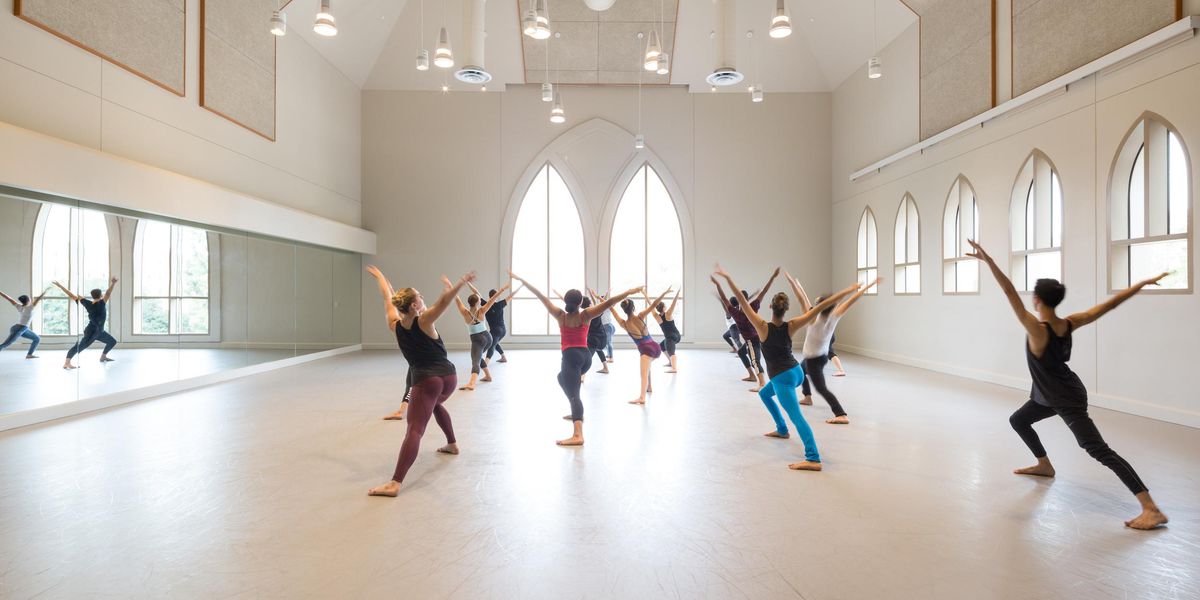Spectrum Dance Theatre
Rodgers & Hammerstein’s Oklahoma!
The 5th Avenue Theatre
Seattle, WA
February 3–March 4, 2012
Performance reviewed: March 4
How does a classic stay alive? For the musical Oklahoma!—distinguished since its 1943 premiere for the Rodgers and Hammerstein score, integrated story-line, and dances by Agnes de Mille—it’s been through a tradition of revivals true to the original.
Until now. Breaking the pattern are choreographer Donald Byrd and director Peter Rothstein, who envisioned a 21st-century production about issues that mirror the historical reality of the time and place. A collaboration between Spectrum Dance Theatre and Seattle’s 5th Avenue Theatre, which mounts an annual season of musicals, this version of Oklahoma! guaranteed that audiences had something to think about, as well as to look at and sing. A multi-racial cast represented the population of the 19th-century Oklahoma territory where so many freed slaves had settled after the Civil War that there were 50 African American towns established by 1920. The casting also reflected the motto of the Spectrum company and school, “Dance for All.”
Josh Spell and Kara Walsh as Dream Curly and Dream Laurey.
A personal aside: When Byrd was a summer dance student at Harvard in the mid-1970s (while I was the director of the program there), he met de Mille, who had come to give a lecture and watch classes. “You, young man, need to go to New York. And tell them I sent you,” she told him. Byrd obeyed, established his own company, and remained in New York until 2002 when he moved to Seattle as artistic director of Spectrum. Still working bi-coastally, Byrd received a 2006 Tony choreography nomination for the Broadway musical, The Color Purple.
Byrd’s dances for the 5th Avenue Theater production brought a cold-water splash of reality to the familiar “wavin’ wheat” and blue-sky experience. Where de Mille’s choreography was ballet based, with some embellishment of folk dance and tap, Byrd ranged further for sources of movement. Rather than tap dancing, he set the ensemble to clogging, Appalachian-style, in the “Kansas City” number, also letting the men flap their legs wide and thrust forward from their hips, a reminder of the Southern juke joints on Saturday night. He had everyone stomping—and fighting—in the Act II opener, “The Farmer and the Cowman,” whether they were singers or dancers. The entire company joined hands and formed several large concentric circles, alternately facing inside and out, to become a breathing, visual metaphor of a cohesive community.

The famed dream sequence followed de Mille’s structure, adding an interplay between Jud, Laurey, and the Kansas City hussies that was much rougher than remembered, with drug use and a rape. The Dream Laurey, Kara Walsh, was a virginal ballet dancer until her encounter with the Dream Jud, Donald Jones, Jr., when she became more grounded, with a leer to her expression and a mean pelvic swing.
The African-American performer Kyle Scatliffe played Jud, a role usually portrayed by a white actor. The violence of his encounters with Laurey—and his brutal death scene—were controversial for some viewers. However, more than 50,000 people came to see the show over its one-month run, suggesting the contemporary resonance of a 70-year-old icon of American theater.
Donald Jones Jr. and Kara Walsh as Dream Jud and Dream Laurey
Photos by Chris Bennion, Courtesy 5th Avenue Theatre.
Pictured at top: Donald Jones Jr. and Kara Walsh as Dream Curly and Dream Laurey




